Stani’s Python Editor: How to install and use
Introduction to Stani’s Python Editor Stani’s Python Editor, often referred to simply as SPE, is a versatile-integrated development environment (IDE) specifically designed for Python programming. Created with the aim of making coding in Python more accessible, SPE offers a range of features tailored to both novice and experienced developers. It emphasizes simplicity while providing powerful […]
Free Python Courses in 2024
Are you interested in learning the Python programming language? Well, you’re in luck! There are many free Python courses available online that can help you get started with this powerful and versatile language. In this article, we’ll take a look at some free Python courses out there so you can choose the one that suits your needs and learning style. […]
Best Python IDE: Comparing the best options
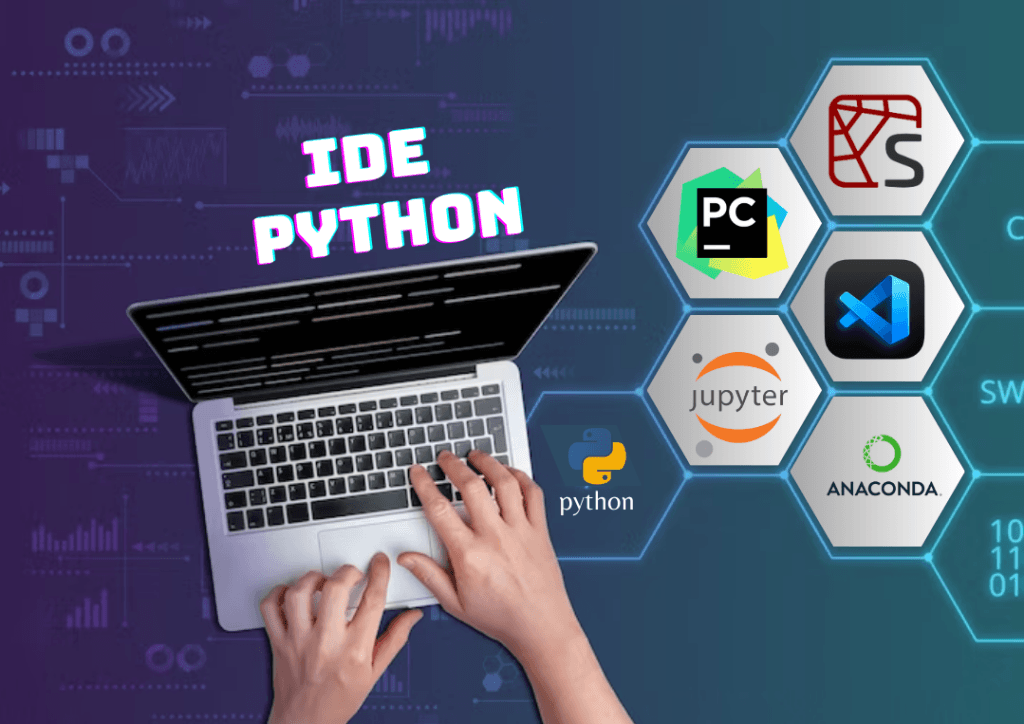
In this article, we will explore the features and functionality of the best Python IDEs, its benefits, and how it can be used to improve productivity and source code quality. We will also discuss how to install and configure the Python IDE, as well as some best practices to use effectively. Python is a popular programming […]
Python ext:pdf – PDF extensions in Python
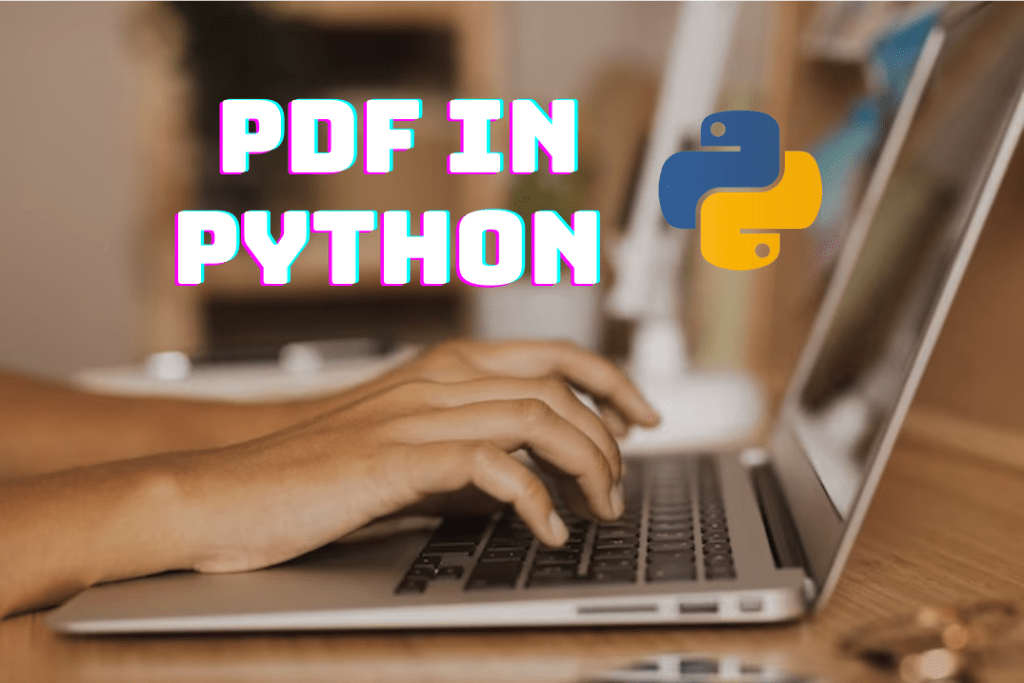
The PDF extensions libraries in Python (ext:pdf) allow you to work with PDF files. In this way, it allows you not only to read and write PDF files, but also to manipulate their contents, such as adding, removing and changing pages, form fields and metadata. Furthermore, the library also allows us to convert PDF files […]
Split python: the most powerful method for string manipulation
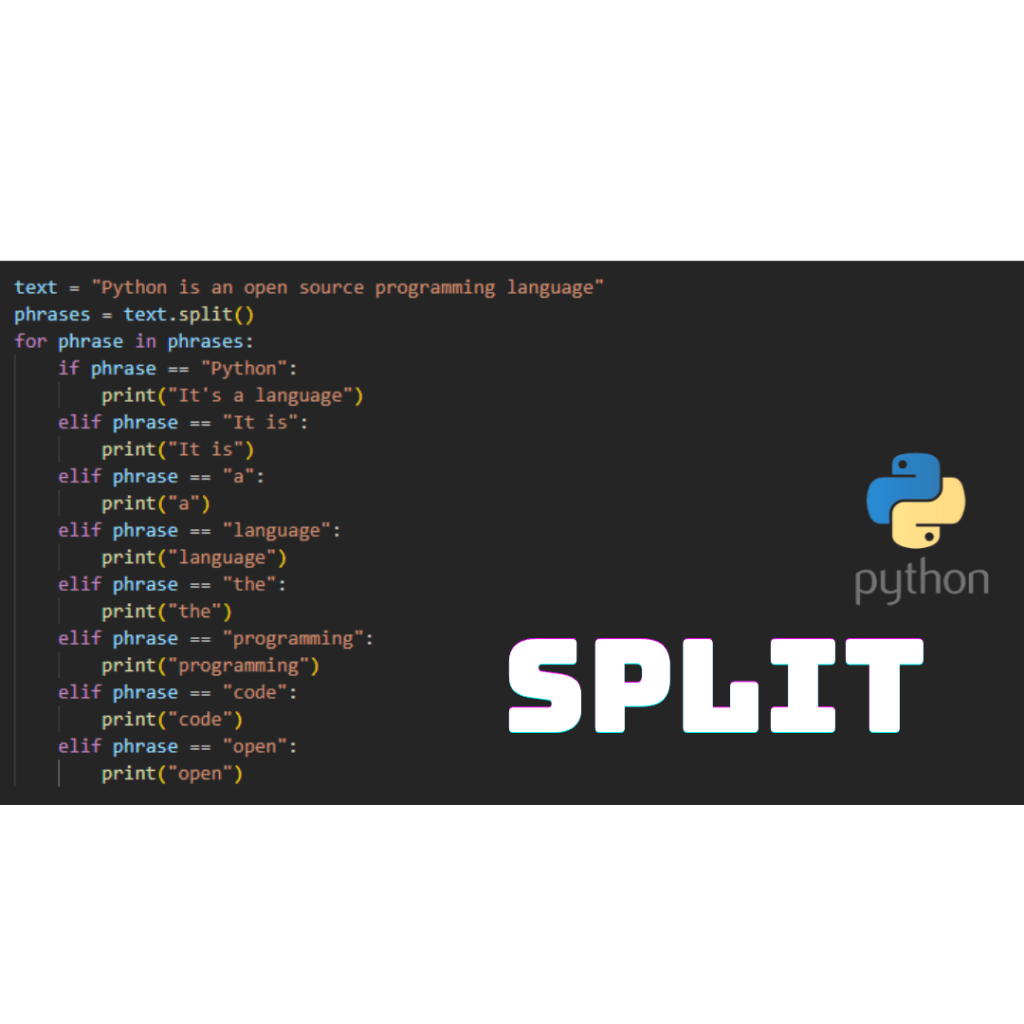
Split in Python is a versatile tool that allows you to split a string into multiple substrings. Based on a specified separator. Therefore, this function is essential in a wide range of applications, such as word processing, data analysis and web development. When we need to extract specific words or phrases from a text. Separate data elements from a […]
Colt python: Tutorials and practical examples for data analysis
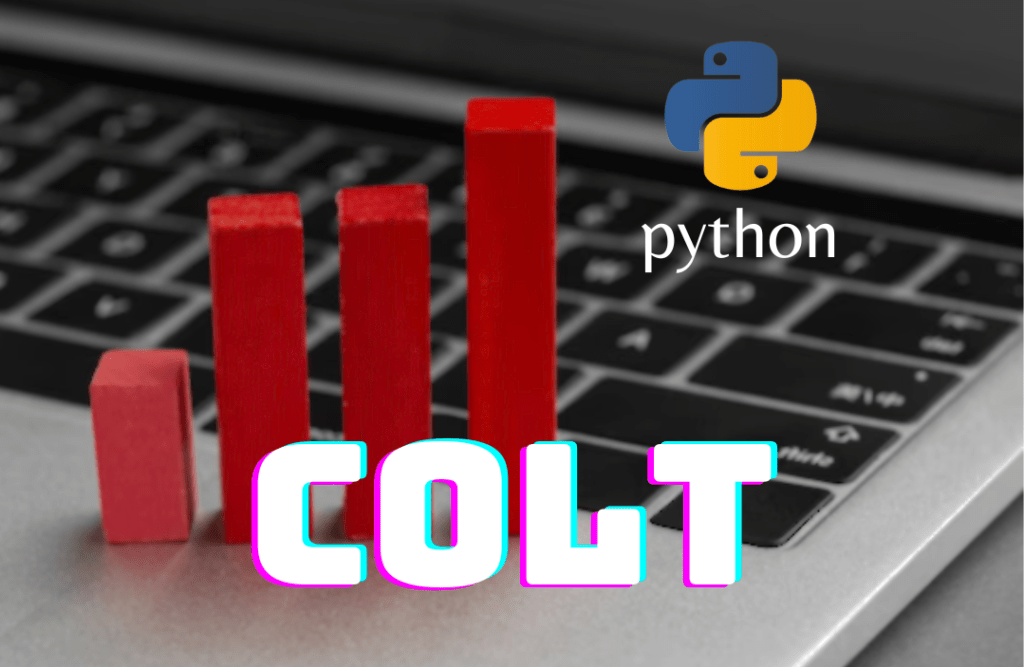
The Colt library in Python is a fundamental tool for machine learning and data analysis . Thus, offering a wide range of advanced functionalities to manipulate and process data in Python, making it a popular choice for many developers and researchers. As such, Colt supports a variety of data types, including vectors, matrices, and tensors , and offers a wide variety of […]
If else Python: A Complete Guide to Conditionals
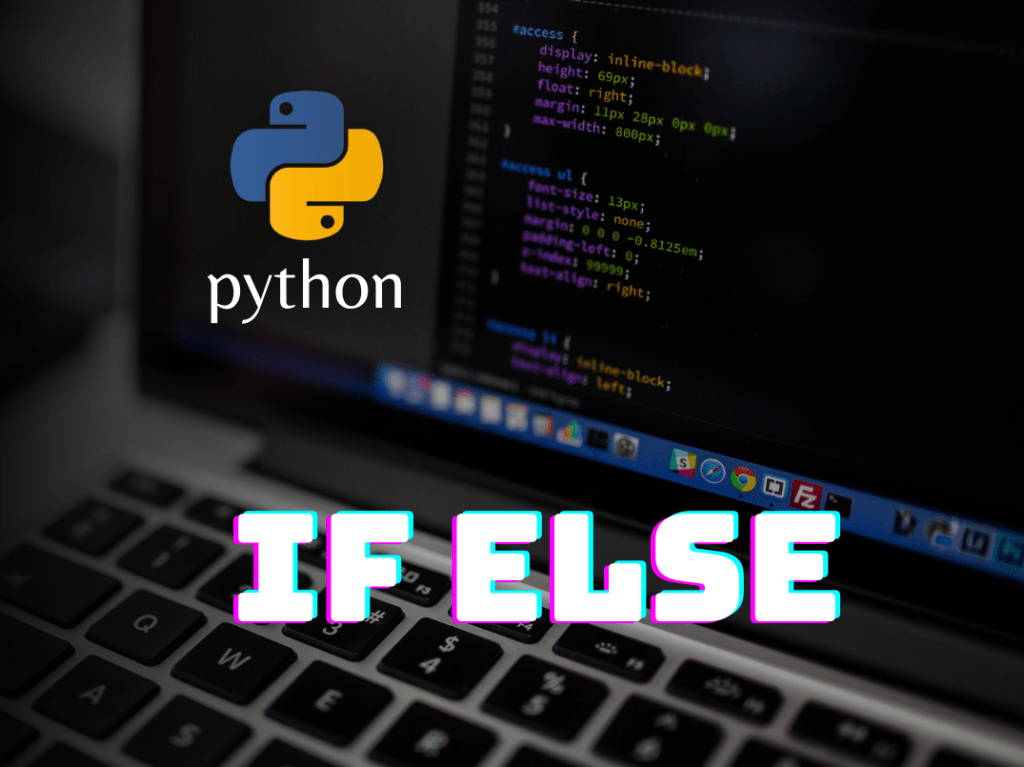
The if else statement is a fundamental part of programming in any language, and Python is no exception. Thus, this structure allows you to execute different lines of code based on a condition , making your programs more flexible and efficient. In this article, we will take a closer look at the if else statement in Python, including its […]
Trim Python: How to remove elements in Python
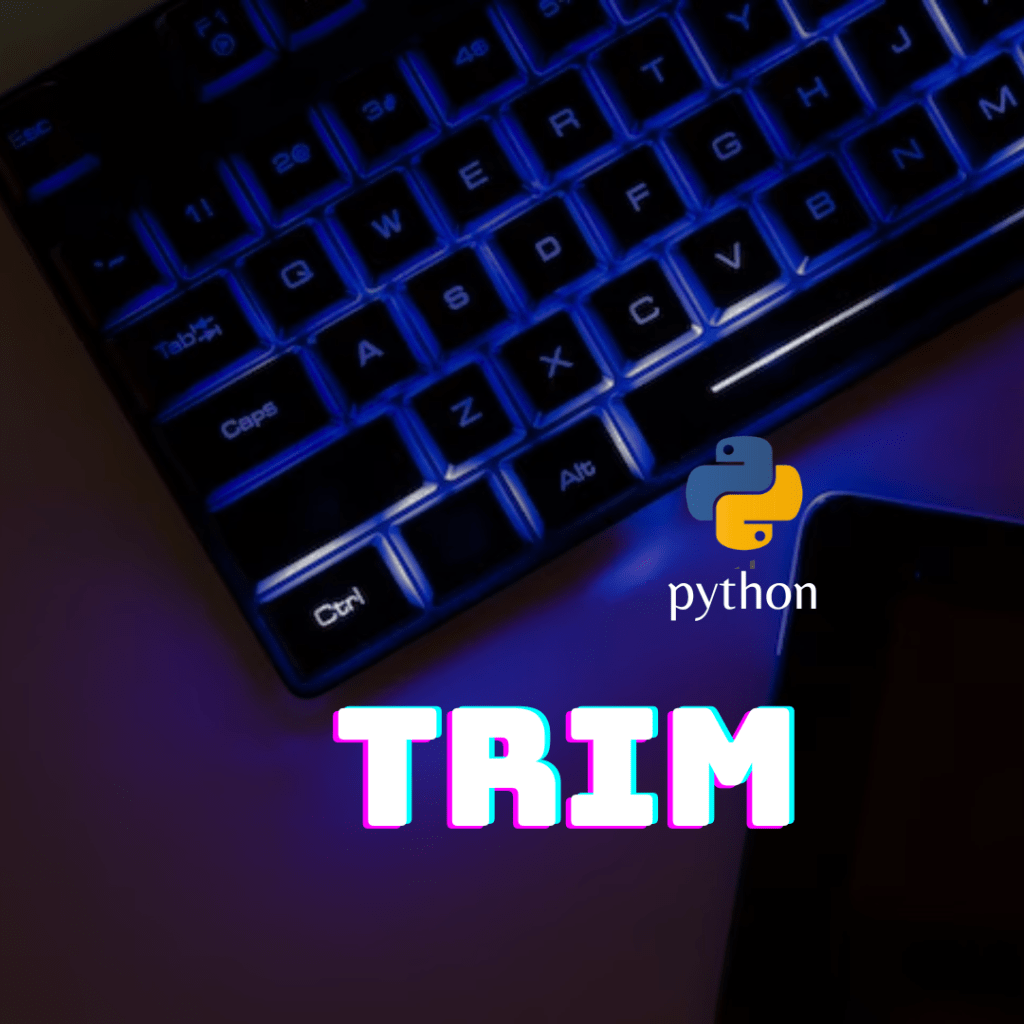
Trim is a fundamental operation in many programming languages, including Python. It consists of unnecessary removing elements from a list, string or other data structure, so that it can be more efficient and easier to work with. In Python, we can easily trim lists, strings, and other types of data, and it’s a fundamental skill […]
Pandas python: How to analyze data with pandas in Python
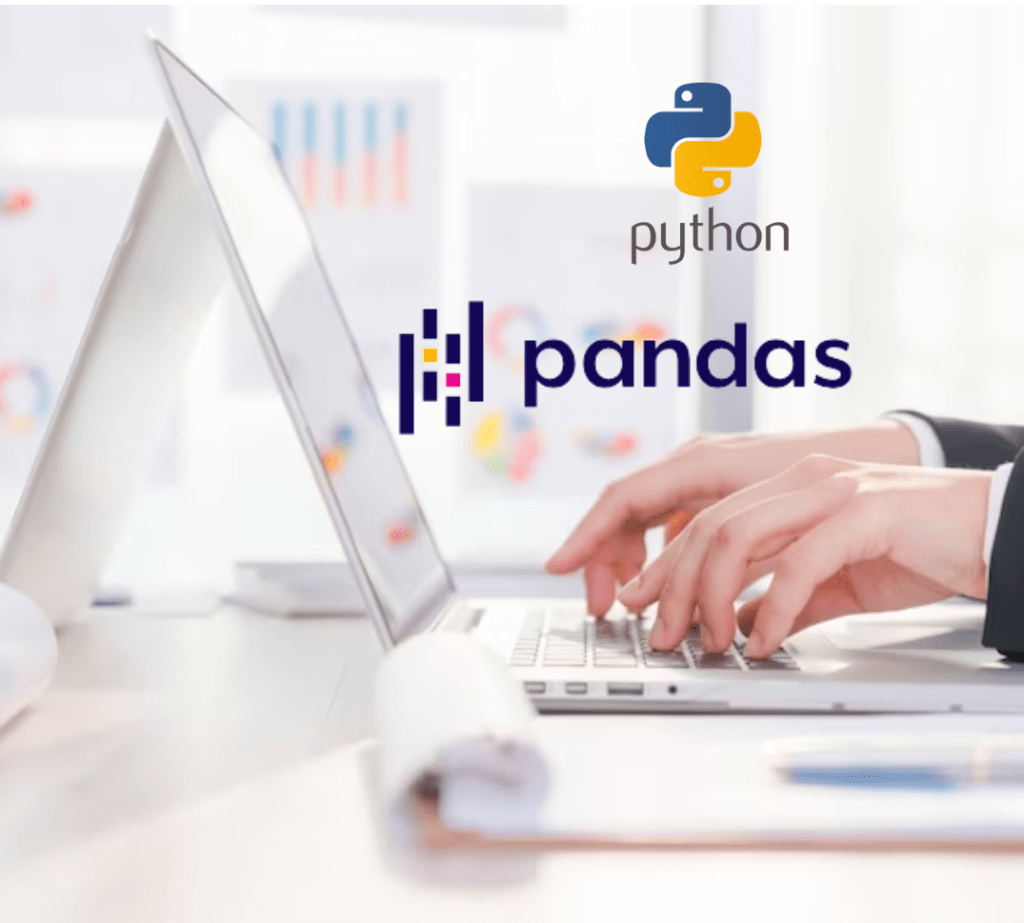
Pandas is a Python library that lets you work with data sifted into Excel or CSV spreadsheets . It is one of the most popular and widely used Python libraries, and is especially useful for anyone working in data analysis. Thus, with pandas, it is possible to manage, manipulate and analyze data in an easy and fast way , making the […]
init python: Learn how to use __init__ to initialize objects in python
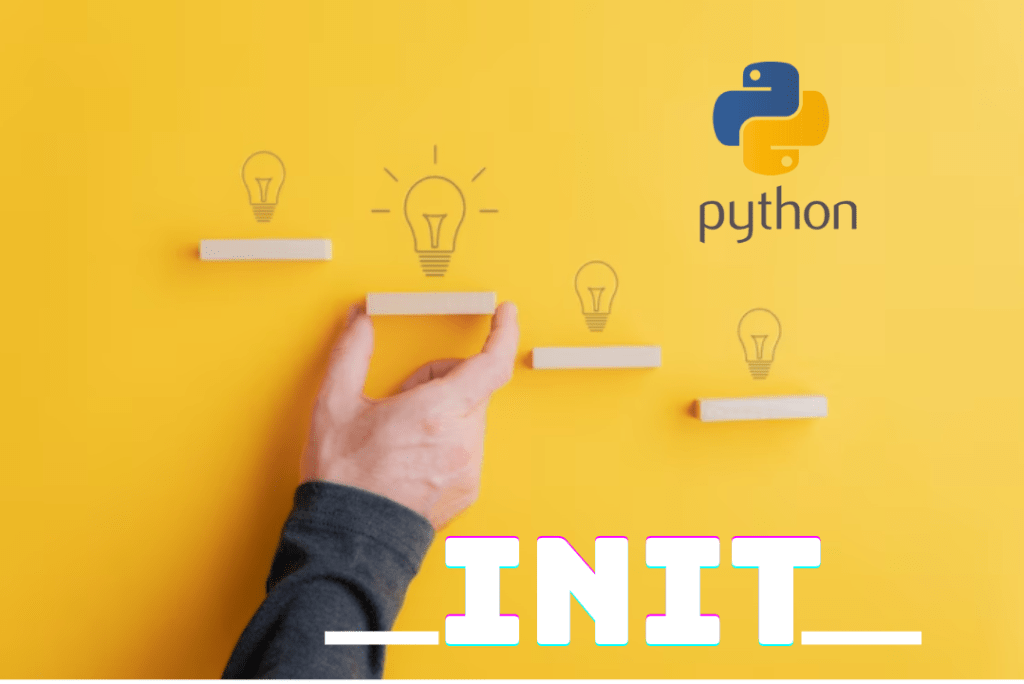
Python init method is a special function that we can apply to initialize a class. When we create an object of the class, the method is automatically applied and defines the object’s initial behavior. In this sense, we can use the class object as a pointer to the object being initialized, accessing the class’s attributes […]
Elif Python: Elif conditionals in Python
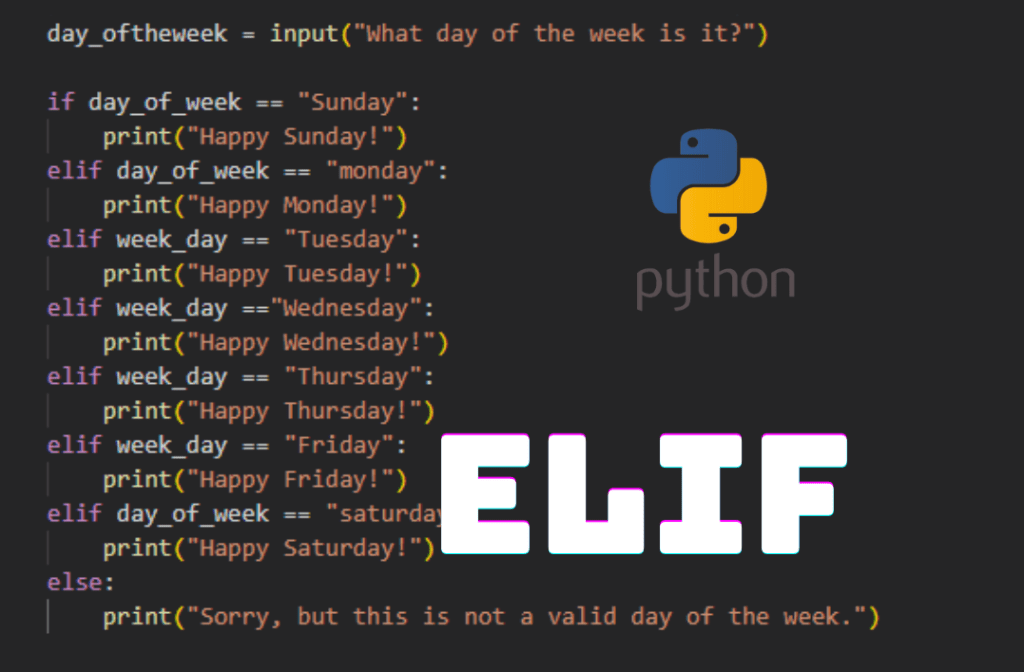
In the Python language, Elif creates conditional flow control structures in a program. This structure is very similar to the keyword if, but with an important difference: while if we test a condition is true or false, elif we use it to test a condition is false and then execute a specific block of code. […]
Set python: Optimizing data handling
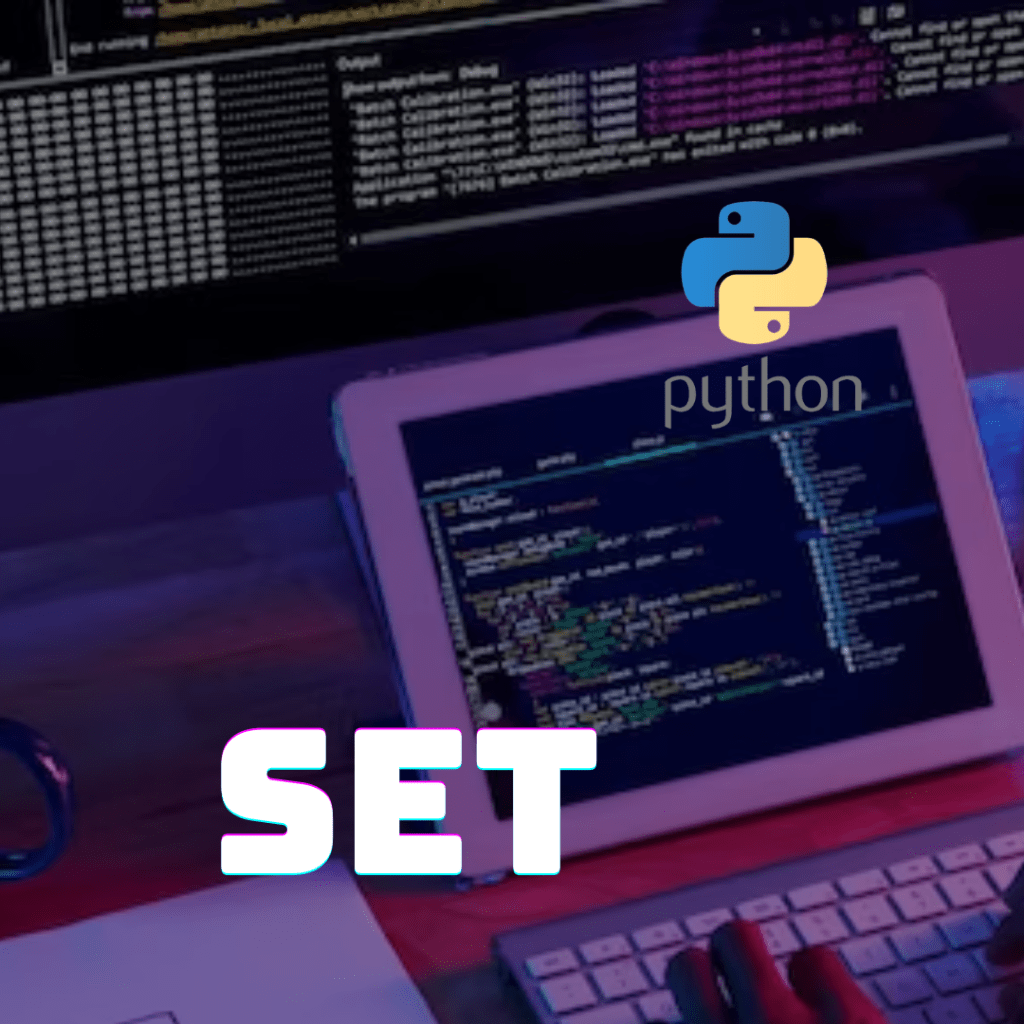
The set in Python is a very useful data structure for handling unique and unordered sets of values. This means that elements cannot be duplicated and the order is not important. Therefore, set are useful for ensuring data integrity, avoiding data replication conflicts, and optimizing performance for some operations. Set in Python can be created […]
Append python: Learn to add elements efficiently
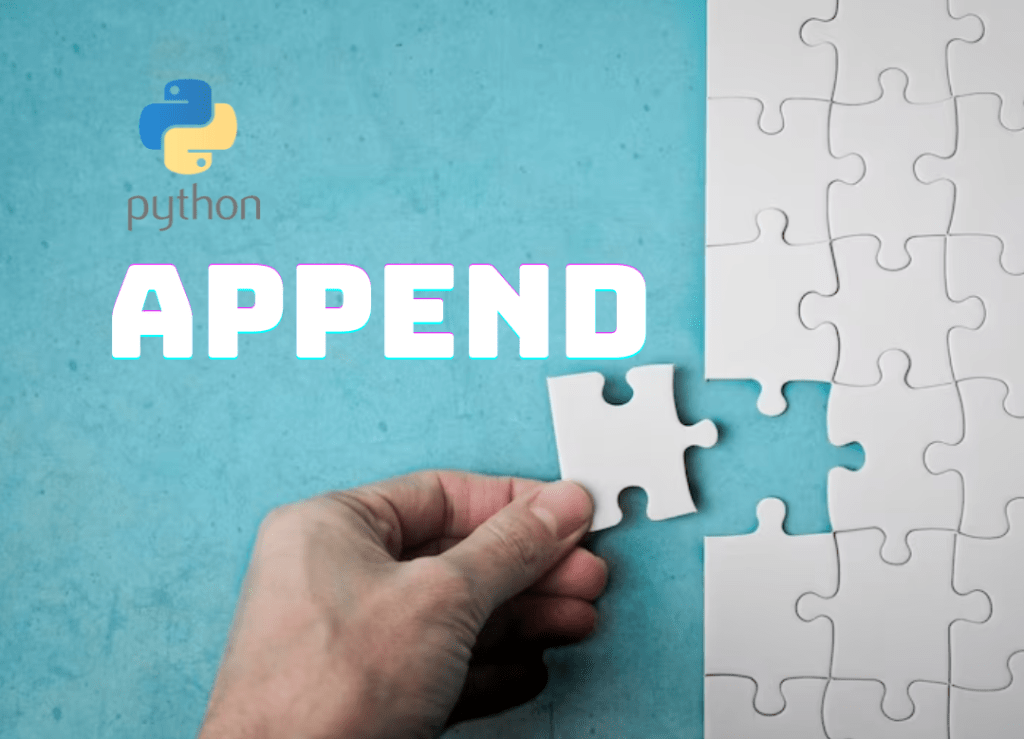
Python append module is a module that lets you add content to an existing list/array. It is very useful when you need to add information to a list without interrupting the flow of other operations on the file. With the append module, you can add lines of text, bytes, or other types of data to […]
Input python: How to validate and manipulate user data
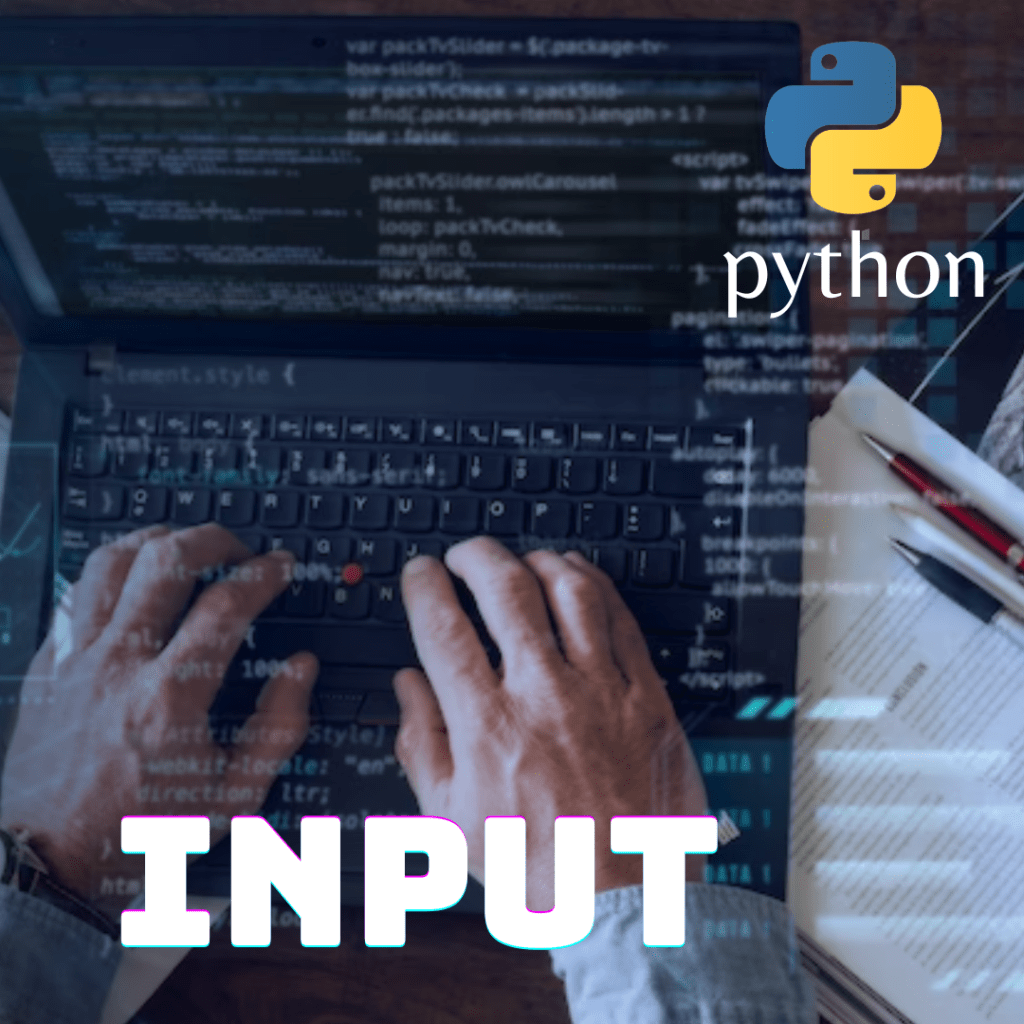
Inputting data is a fundamental part of any program, and the input function in Python provides an easy way to get input from the user . Thus, this function allows the programmer to ask the user to enter an input, which can be a string , an integer number, decimal or a string with numerical […]
Null Python: The Complete Guide to Null Values
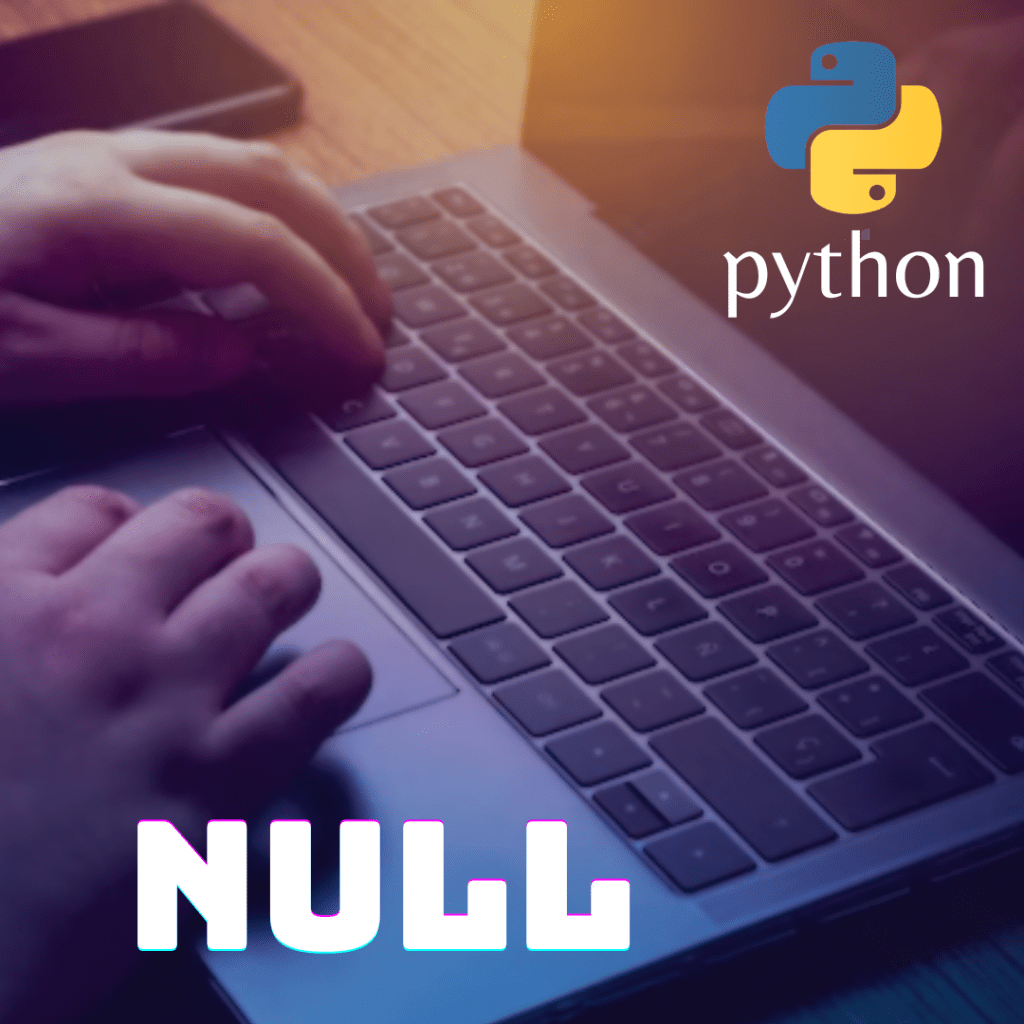
The null value, or “null” in some contexts, is a fundamental concept in programming and Python. It indicates the absence of a value or reference to an object that does not exist. In Python, the null value is represented by the special character None. In this way, it is one of the primitive values of […]
Python switch case: Learn all about control structure
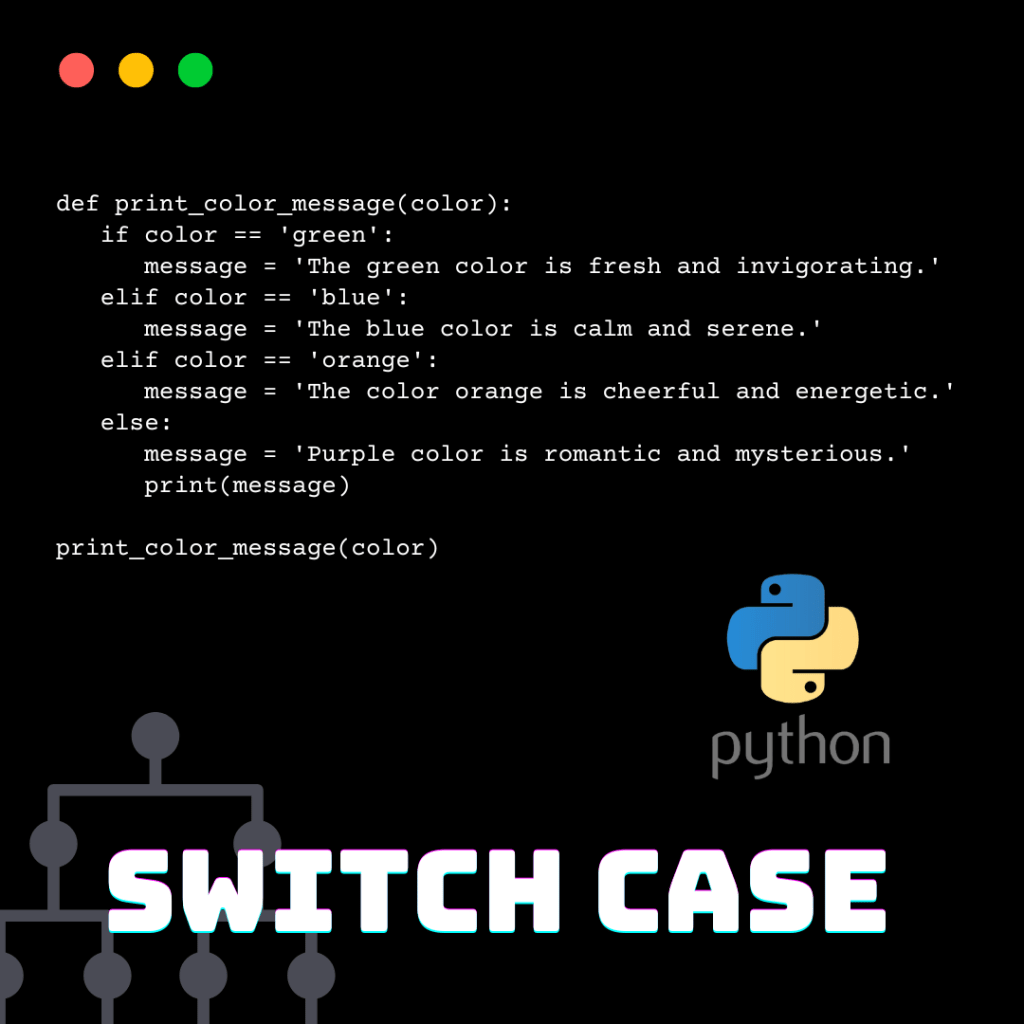
In python switch case is a powerful and useful control structure in the Python programming language. That allows you to process multiple conditions or cases in a single block of code. While we need to know what Python is and that python is known to be a high-level and coding style. Switch case adds an […]
List in Python: functions and applicability
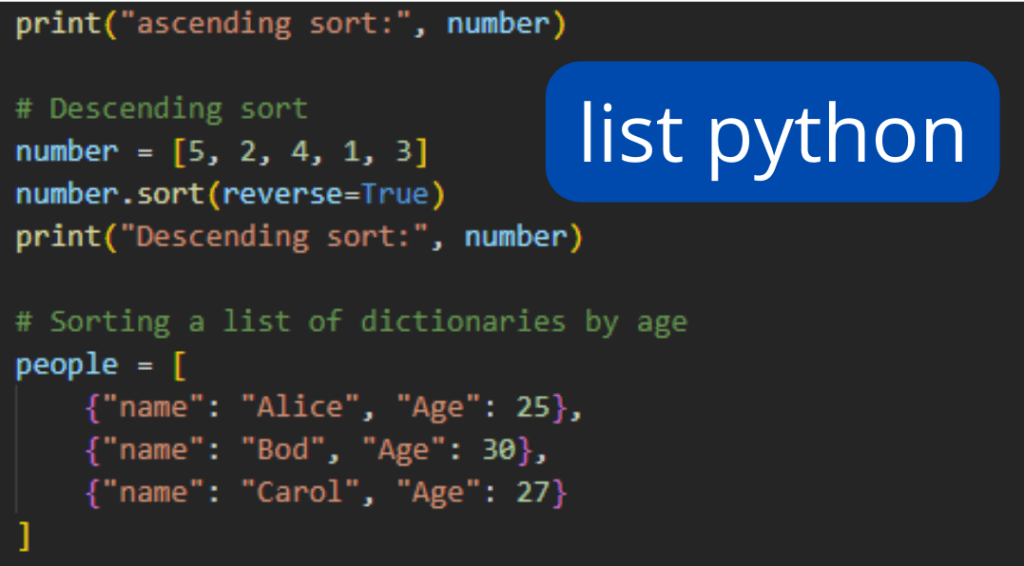
The Python list stores data and objects in different ways and offers a linearly organized data structure, where each piece of data has a function and is accessed through an index. Thus, this type of list is considered as a common structure, but with additions and specific functions. There are two reasons to work with […]
While in Python: The Complete Guide to Repetitive Execution
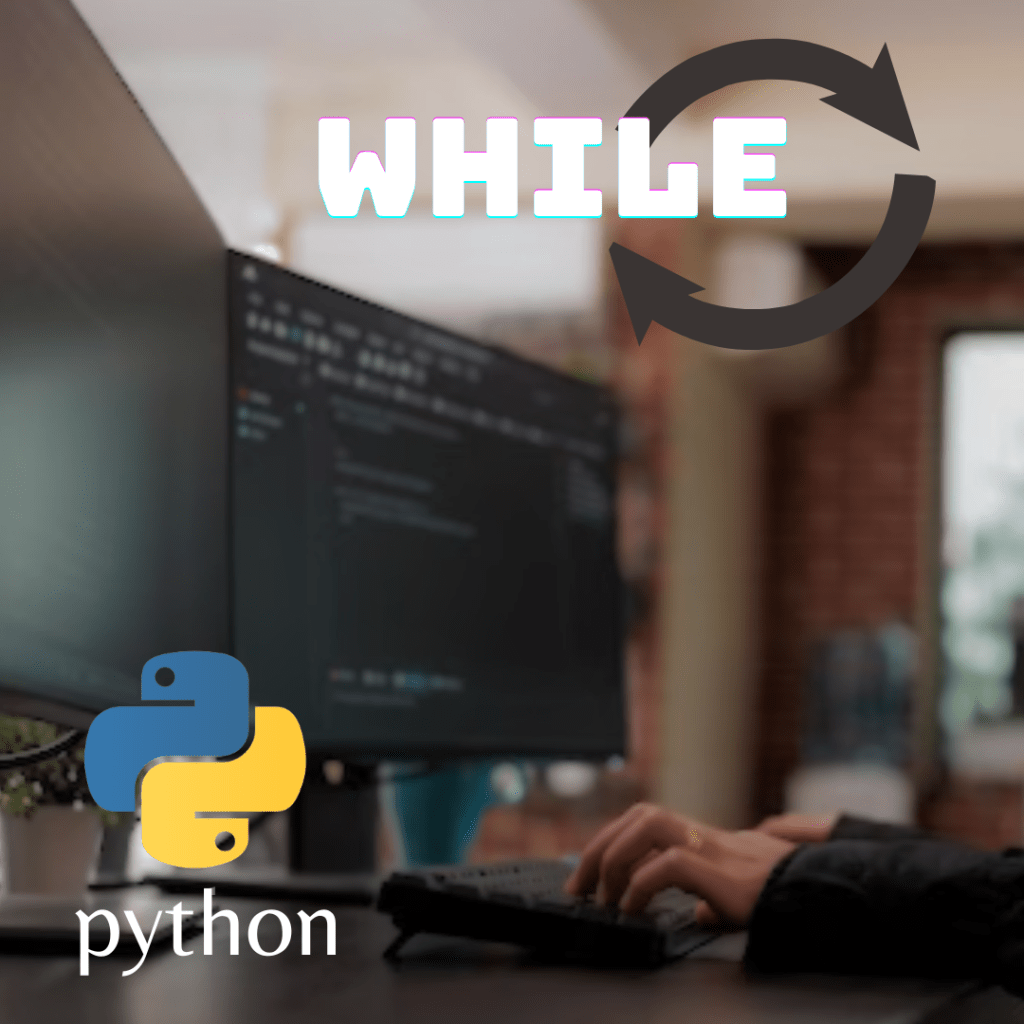
The while loop is a flow control structure in Python that lets you execute a block of code repeatedly until a certain condition is true. Still, this type of loop is useful when you know exactly how many times you want to run a block of code before it stops. We can define a function […]
String in Python: Creating, Formatting, and Manipulating Strings
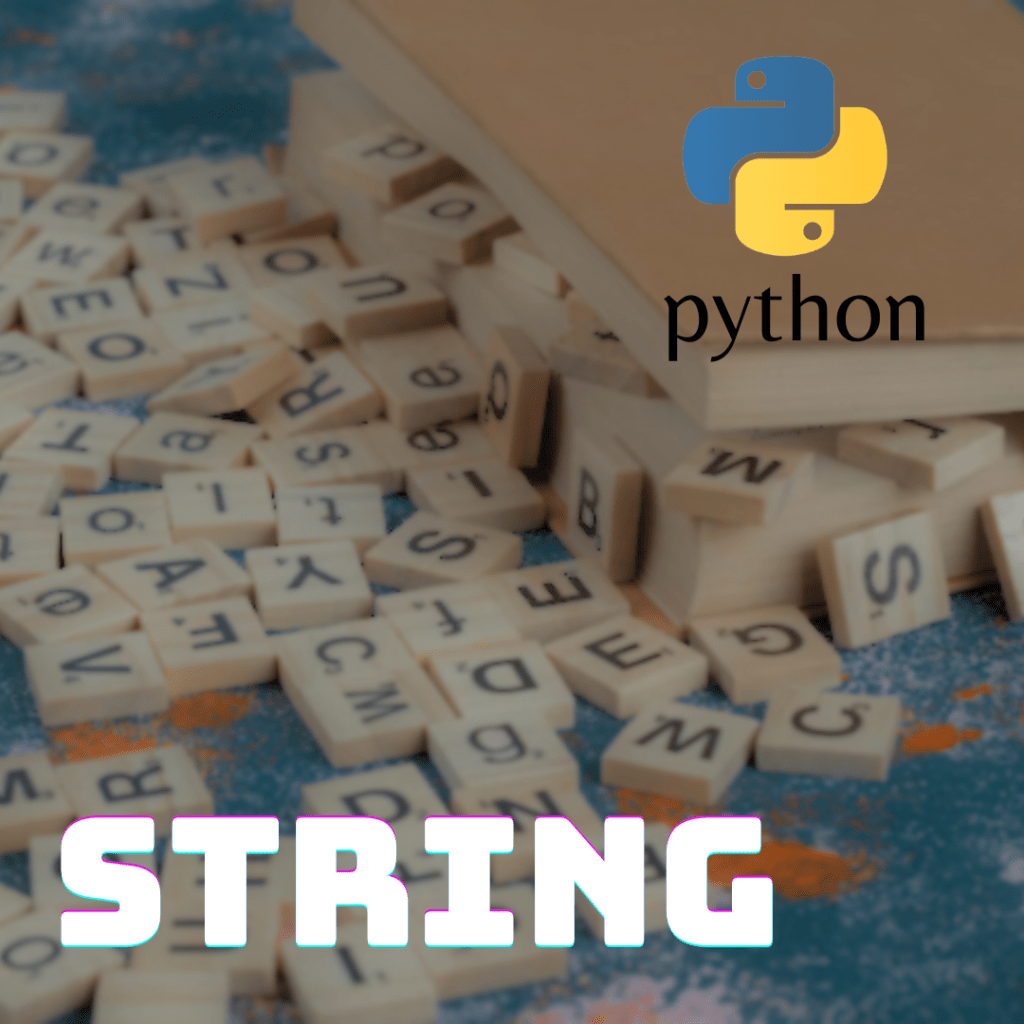
String in Python is a way of storing strings of characters, such as text, in a variable. In Python, we use the ‘ ‘ character (whitespace) to represent strings, which are immutable, meaning that their contents cannot be changed after creation. People use Python strings extensively in a variety of situations, ranging from manipulating human […]
Python range: the complete range function guide
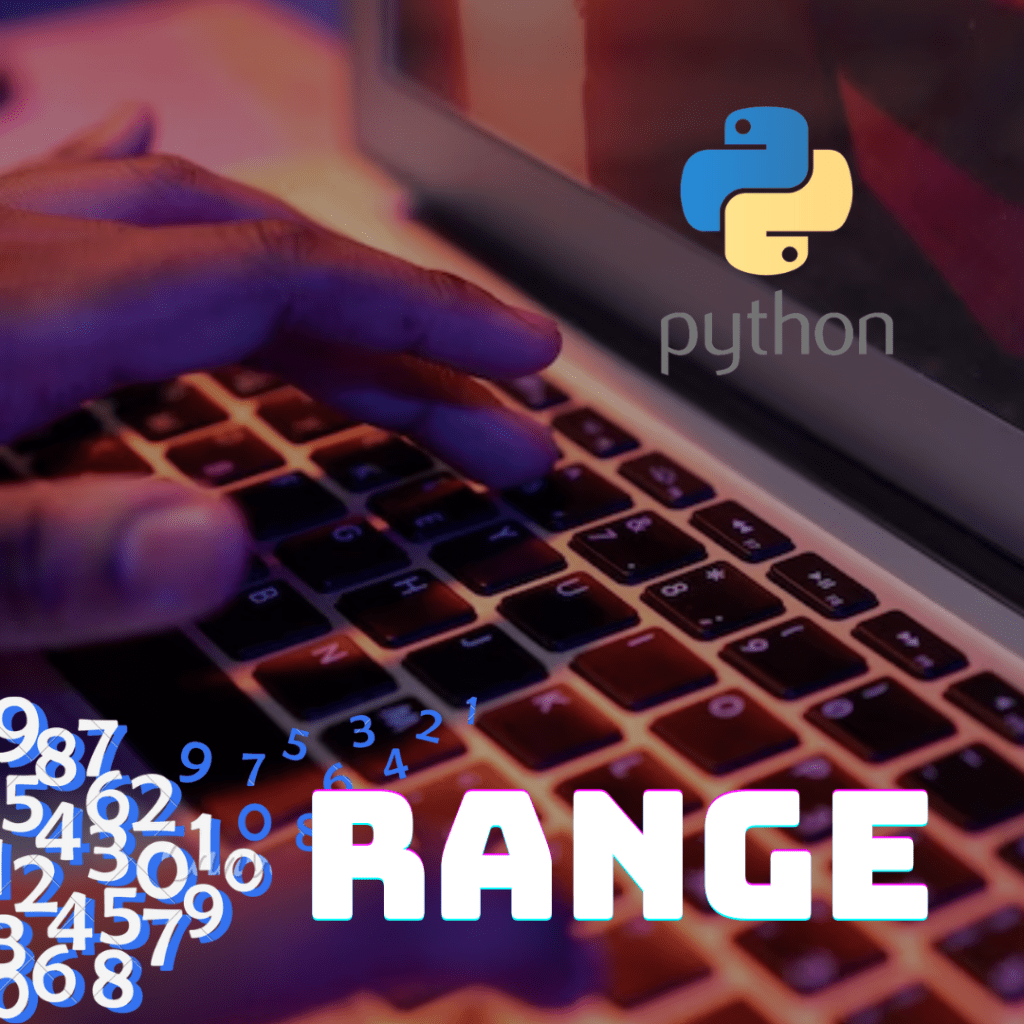
The range function is a built-in function in Python that allows you to generate sequences of numbers in a simple and controlled way. Thus, the function is very useful in many cases, from a simple iteration over a list or dictionary to creating checklists and other more complex cases. In this article, we’ll explore the functionality […]